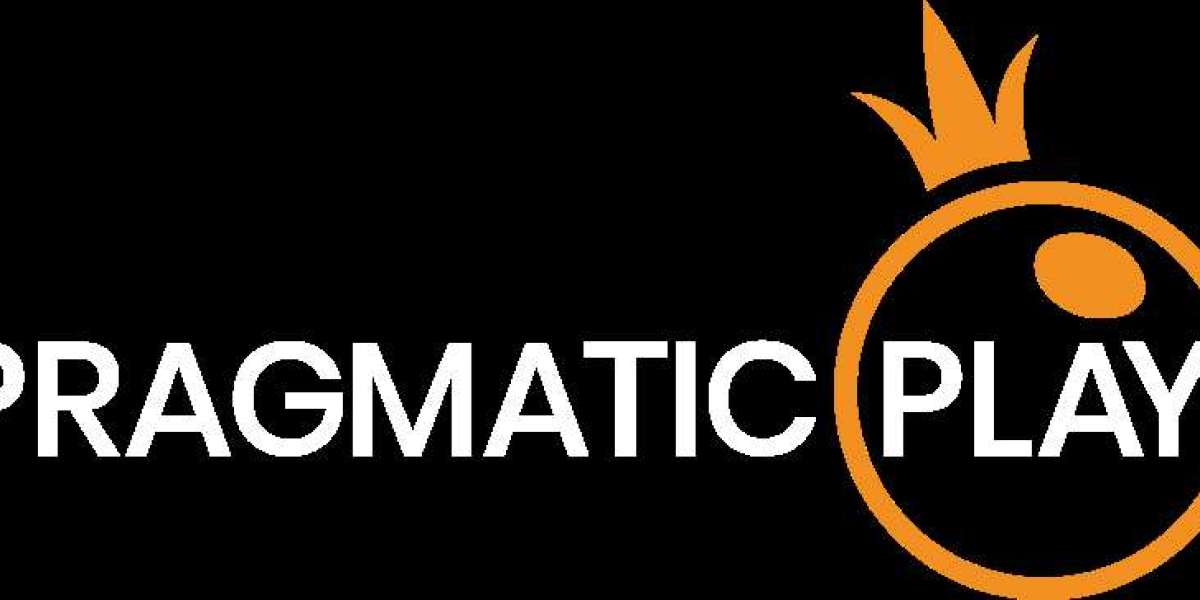 Rehabilitation providers, corresponding to bodily remedy, can even help sufferers regain strength and mobility, addressing pain issues stemming from inactivity or therapy unwanted effects. Maintaining an acceptable stage of physical activity is crucial for those present process cancer treatment. A tailored exercise program, developed in consultation with healthcare professionals, can enhance bodily well-being and contribute to higher pain contro Activities like strolling, stretching, and yoga can help reduce ache and fatigue while enhancing overall physical operate. Engaging in gentle train could be a pivotal part of pain administration during cancer treatment.
Rehabilitation providers, corresponding to bodily remedy, can even help sufferers regain strength and mobility, addressing pain issues stemming from inactivity or therapy unwanted effects. Maintaining an acceptable stage of physical activity is crucial for those present process cancer treatment. A tailored exercise program, developed in consultation with healthcare professionals, can enhance bodily well-being and contribute to higher pain contro Activities like strolling, stretching, and yoga can help reduce ache and fatigue while enhancing overall physical operate. Engaging in gentle train could be a pivotal part of pain administration during cancer treatment.Additionally, using instruments like Google Ads allows clinics to research the efficiency of their ads and make data-driven adjustments. Clinics can make the most of demographic and geographic targeting choices to succeed in people more than likely to seek their companies. This granular focusing on ensures that the best message reaches the best folks, converting casual searches into precise patient engagements. By specializing in related audiences, they'll enhance the effectiveness of their campaigns. Targeting the Right Audience
A important benefit of paid search advertising is its capacity to permit telemedicine clinics to target particular audiences. For instance, clinics can tailor advertisements to specific age groups, well being situations, or regions.
Listening to affected person experiences can supply insights into the forms of services or circumstances they prioritize. Consequently, a feedback loop of steady enchancment not solely enhances the relevance of paid search http://Kepenk Trsfcdhf.Hfhjf.Hdasgsdfhdshshfsh@Forum.Annecy-Outdoor.com/suivi_forum/?a[]=Ent Awareness Campaigns You Should Know but in addition strengthens the clinic's relationship with its sufferers. This information can inform keyword alternatives and ad methods. Additionally, by responding to patient inquiries and gathering testimonials, clinics can rethink how they present their providers in advertisements. Incorporating affected person stories or success rates into advert copy can humanize the service, fostering belief and appeal. Adapting to Patient Needs and Feedback
Patient suggestions is invaluable for telemedicine clinics when optimizing their paid search methods.
Opioids, such as morphine or oxycodone, are significantly efficient for moderate to extreme pain however include their very own set of challenges, including the potential for dependency. Opioids, non-steroidal anti-inflammatory medication (NSAIDs), and adjuvant analgesics can all play very important roles in controlling pain. Adjuvant analgesics, including antidepressants and anticonvulsants, could be helpful in managing nerve pain. To create a personalised pain management plan, health care suppliers should contemplate the patient’s distinctive pain profile and any potential side effects of these drugs, ultimately enhancing their quality of life throughout therap NSAIDs can help with delicate to reasonable ache and are efficient in lowering inflammation. Medications are often the primary line of protection in managing ache throughout cancer treatment.
*Warm saltwater gargles* are sometimes really helpful for throat discomfort, offering both aid and cleansing to the affected area. For those thinking about holistic approaches, there are of course derived remedies that can help in attaining *ENT ache relief*. Herbal treatments similar to chamomile tea and ginger can have anti-inflammatory properties that soothe irritation. Incorporating these natural remedies can enhance general well-being while addressing ENT-related issue Essential oils like eucalyptus or tea tree oil may also be subtle or used topically (with care) for his or her potential antimicrobial results. *Steam inhalation* is a straightforward methodology to open up nasal passages, especially useful throughout colder months or when fighting respiratory infections.
Creating an environment that encourages open discussions about ache and remedy can foster a supportive environment, finally bettering the patient’s experienc The inclusion of family members in managing pain throughout cancer treatment can present emotional comfort and practical help. Family members play a crucial position in supporting most cancers patients through their therapy journey. Family members may help sufferers adhere to their pain management plans by providing reminders for medicines, attending appointments, and even participating in therapy classes. Furthermore, the emotional support from family can alleviate emotions of isolation and enhance general morale.






